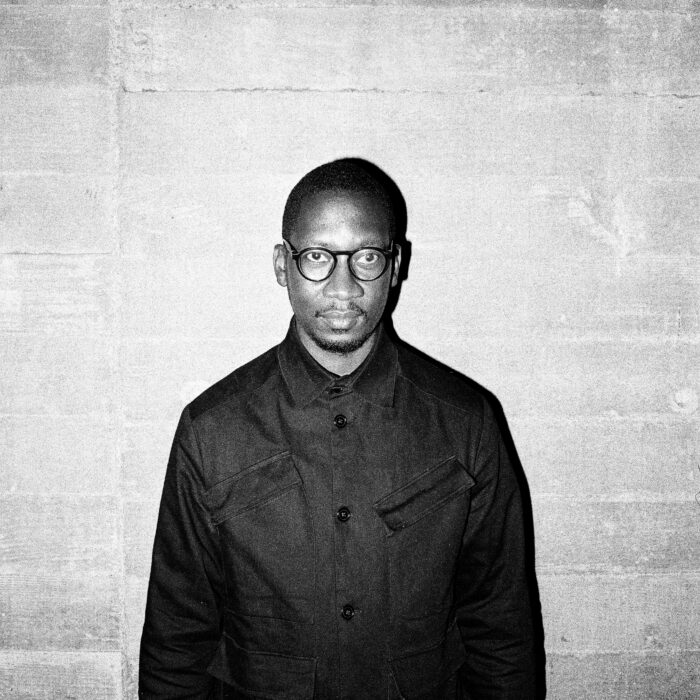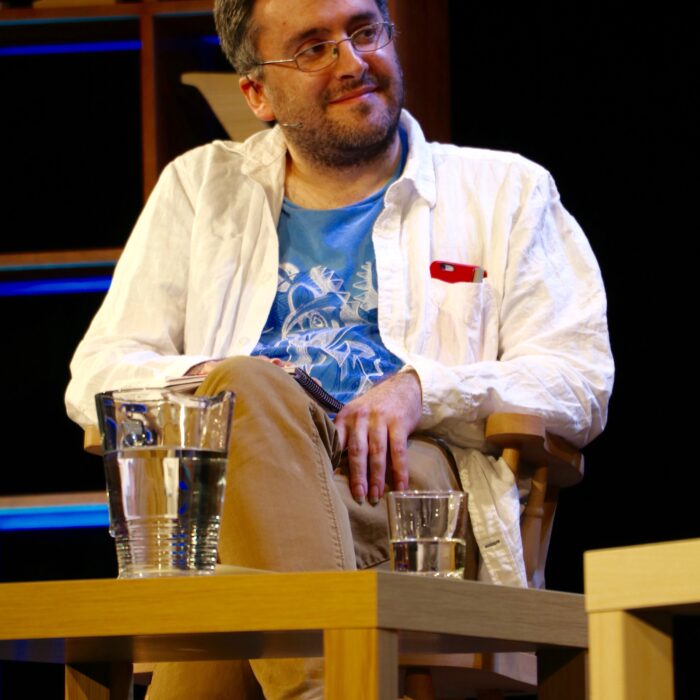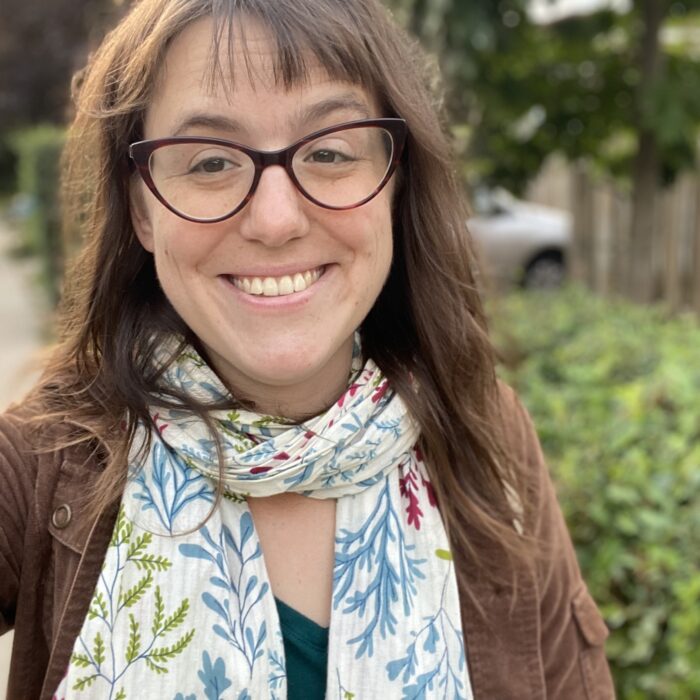You have no items in your cart. Want to get some nice things?
Go shopping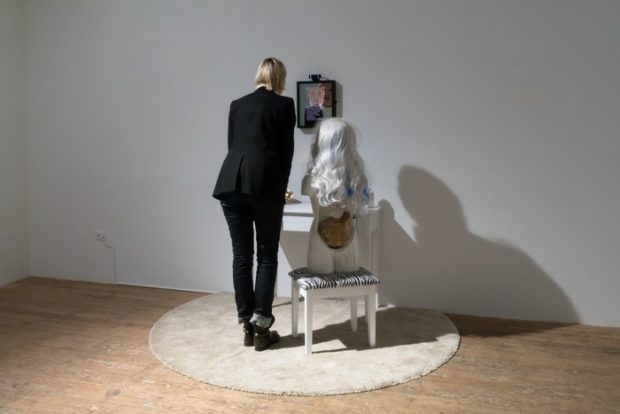
Despite recent successes for women in art in the UK – a new female director for the Tate, a blockbuster Georgia O’Keeffe retrospective last year – inequality is still rife. Guerrilla Girls’ 2016 commission for the Whitechapel asked “Is it even worse in Europe?” and the challenge to gallery-goers and curators was a welcome one. As a Time Out journalist pointed out at the time, it was one of only two shows dedicated to work by female artists in London last autumn.
Back in 2010 when the Guerrilla Girls first began to organise, Lynn Hershman Leeson was interviewed for the conclusion of her documentary on sexism in the art industry, !Women Art Revolution. The film captured the mischief of protests at the Whitney and the use of embarrassment as a tactic. The storytelling felt urgent; interviews were shot in bathrooms and hallways and collected doggedly over decades; audiences were bewitched.
Now Hershman Leeson has returned to themes of equality and representation in two new commissions for an exhibition at Ambika P3 gallery at the University of Westminster. Real-Fiction Botnik is a 3D holographic bot informed by astrological consultations from the casebooks, and the installation Venus of the Anthropocene features an animatronic doll with golden detachable body parts.
Both pieces were part of CASEBOOKS, an exhibition of work by six artists inspired by the launch of a digital archive of thousands of medical records dating back to the practices of two English astrologer-physicians in the sixteenth and seventeenth centuries. Venus takes its cue from the cases of female patients featured in the archive, exploring issues of identity germane to the contemporary viewer.
“One of the vestiges of freedom we all have as human beings is to choose our attitudes, despite diversity,” the director said in the conclusion of !Women Art Revolution, “to choose to refresh and rescript every circumstance into sustained and creative opposition”.
The artist gave a quick Q&A over email to discuss the difference the documentary made to women artists in the US, and the work featured in CASEBOOKS.
How did you approach the commission for CASEBOOKS? The project seems unique and I wondered how you handled the difficulties involved with developing an artwork inspired by such a huge, old, esoteric archive.
It was not an easy commission but an intriguing one. Most of our sources were online. But I wanted also to use the time of the original in the completion of the piece – for example the materials and techniques of the time like the Pepper’s ghost technique of the eighteenth century that is in Real-Fiction Botnik. I wanted to look also at what the essence of the archive was.
For you, what were the greatest challenges in this commission?
Communication [with the gallery], the budget and finding a means to translate ideas to AI.
Why AI?
AI is a pertinent interface and the software of identity for our time. Think of its role in surveillance – it’s pervasive.
Broadening the conversation out to more general points, it’s been seven years now since you released the documentary !Women Art Revolution (2010). Please could you tell me a couple of ways in which the film changed your career?
Although I cannot say the film changed my career, I think it helped a lot of other women – five women in the film had retrospectives, in fact.
What changed my career was having a retrospective in Germany that Peter Weibel organized at ZKM, having an exhibition at the New York gallery Bridget Donahue and having the book Civic Radar published by Hatje Cantz, again from the ZKM show. This brought visibility and allowed works that had not been ever seen or not been shown for fifty years to surface.
I’d love to know how the new administration affects your work as an artist.
Personally I don’t think it will affect me much because I’ve only rarely been funded and always been resistant, often to things even more perverse.
How would you say the art industry has improved for women artists since 2010 – if indeed you’d say that it has improved at all?
Yes, it has. Women are curating writing and directing museums more than before. To highlight three new or emerging artists or curators who I think deserve more interest and attention, I recommend people look up Wendy Vogel, the writer, Bridget Donahue, the gallery director, and Jenny Schlenzka, the director of P.S. 122.
What’s your advice at the moment to people who want to push forward with the progress we’ve already seen in the art industry since !WAR came out?
Be vigilant. Don’t give up. Save your work. Keep your sense of humor. Keep your self-respect.
CASEBOOKS is open until the end of Sunday 23 April 2017 at Ambika P3, University of Westminster. The nearest Tube station is Baker Street. For more information about the Casebooks Project, click here.
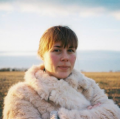
About Ellie Broughton
Ellie Broughton (elliebroughton@gmail.com) is an arts writer and copywriter with experience writing for The Guardian and Guardian Labs, The Huffington Post, The Independent and Vice. She is also the essays reader for Litro.
- Web |
- More Posts(6)

